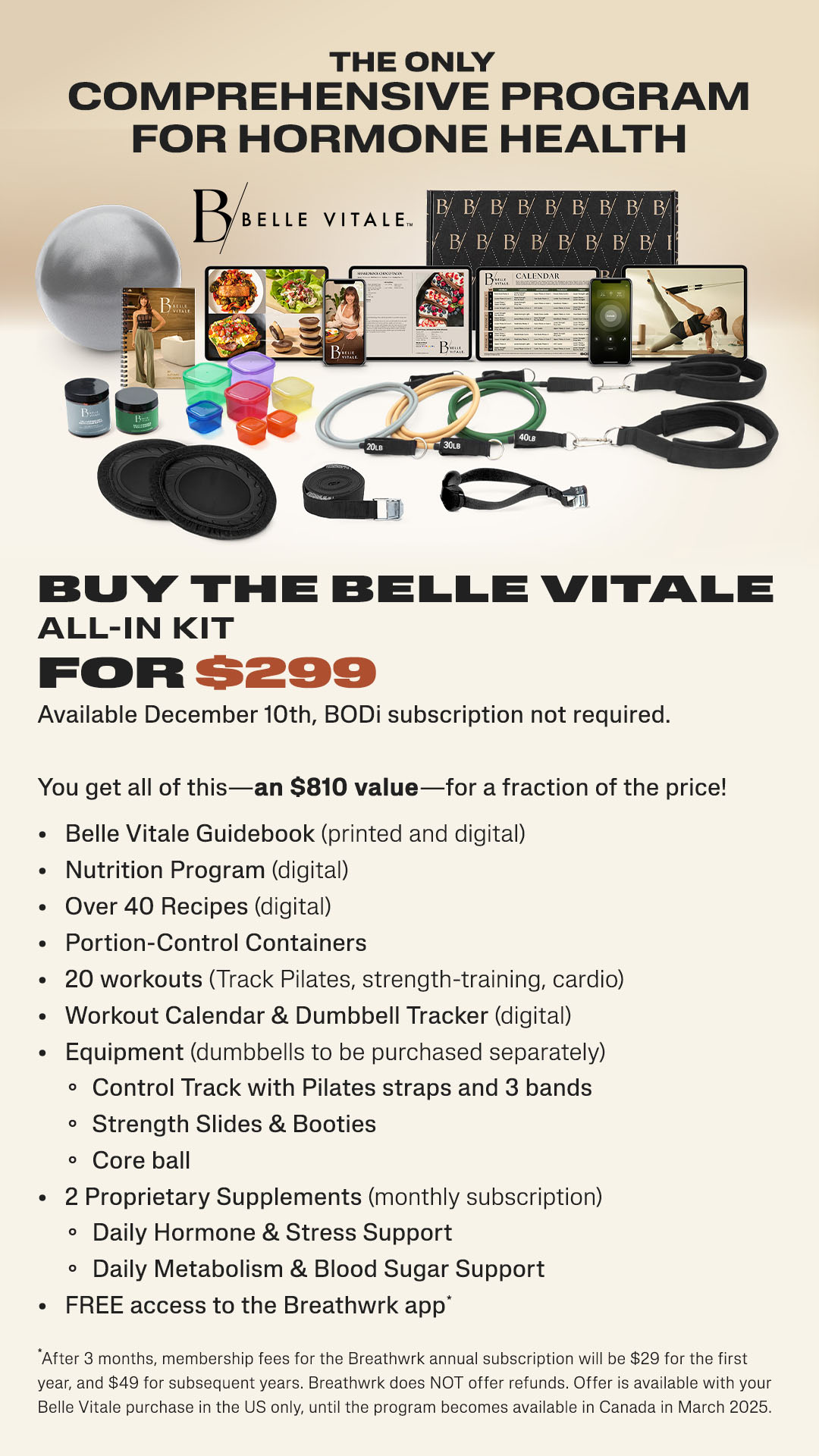An Overview of Aerobics
The term "aerobics" refers to a series of rhythmic, large muscle exercises, usually done to music in a class led by an instructor. However, for many people it's much more than that: it's music, a movement, a philosophy, a lifestyle. On the one hand, it's a modern form of total body exercise. On the other hand, it's a motivating form of exercise that is social and fun.Aerobics is a cardiovascular workout that improves coordination, muscle strength and mobility. It also improves your physiological and functional capacities, promoting general well-being. Aerobics provides a whole host of health benefits: it burns calories; reduces the risk of cardiac diseases by lowering blood pressure and slowing down atherosclerotic processes; improves aerobic fitness, muscular endurance and flexibility and mobility; improves muscular strength, posture and body performance in all age groups; reduces stress and increases self-esteem by helping with weight management. With a wide range of styles and classes offered at almost every major gym and fitness center, aerobics caters to the individual needs of exercisers, motivating people of all ages to participate and enjoy its benefits. But because there are so many different options, you should review the following sections carefully to figure out what kind of aerobics class would be best for you.
Before you start doing aerobics, think about your exercise goals. Are you most interested in weight management, overall fitness,
improved endurance, muscle toning, improved posture, general well-being or
relieving stress? You should choose your aerobics classes based on your goals.
Since different types of classes can help achieve different ends, talk to
instructors to find out what would work best for your needs.
When
choosing a gym or health club, compare their facilities, class selection and
instructors qualifications. Getting a friend to sign up and plan an exercise
routine with you can be especially motivating!
Plan your weekly
workout schedule in advance. If you miss a scheduled class, try to find time to
make it up another day, and remember that after a two-week break youll probably
have to start up again at a slightly lower intensity than youd worked up to.
The more regular your workouts, the better your results, but dont forget to
give your body sufficient rest between workout sessions. Doing aerobics every
other day is generally better than every day, with five to six days a week at a
maximum.
Level of intensity – Classes are generally intended for either beginner, intermediate or advanced exercisers. If you’re a beginner, you probably shouldn’t take advanced classes, since it’s no fun struggling to keep up with the rest of the group! (And you could injure yourself by trying too hard.) Talk to your instructor when you feel you’re ready to move up to the next class level, so you get a professional perspective on your progress. Impact Aerobics is usually classified into two sub-categories:
- High-impact, meaning that both feet regularly lose contact
with the floor, as with running, jumping and hopping.
- Low-impact, meaning that at least one foot retains contact with the floor throughout the workout session.
Low-impact aerobics generally involves a smaller risk of injury than high-impact, because theres considerably less stress on the feet and joints when you land. However, high-impact aerobics tends to offer a more rigorous and intensive workout.
While most gyms and health clubs today still offer classes called either "low" or "high" impact, its much more common to see the label "high-low" or "mixed-impact" on the class schedule. These classes alternate between low- and high-impact exercises for the optimal balance between a lower risk of injury and maximum workout intensity. Pure "low-impact" classes sometimes contain a greater variety of interesting and challenging moves and often emphasize traveling around the classroom to help bring the intensity level closer to that of high-impact classes.
If youre just starting to work out, you should look for lower intensity classes of 25-60 minutes that you can take at least three times a week. You shouldnt find low-intensity aerobics very exhaustingit should feel equivalent to a brisk walk (or a jog, to a more experienced exerciser). The types of classes you might want to look out for may have names like beginners aerobics, easy step aerobics, low-impact aerobics and aqua aerobics.
If youre a more experienced exerciser, you should look for medium intensity classes of 35-60 minutes that you can take at least four times a week. Medium intensity aerobics usually mixes high impact with very low impact and large ranges of motion. For a beginner, the intensity of these kinds of classes will feel equivalent to climbing stairs (or, for a more experienced exerciser, running after a bus). These types of classes may have names like high/low impact, step, circuit training and body sculpting.
If you´re an active exerciser, you should look for high intensity classes of 25-50 minutes that you can take at least five times a week. Look for class names like high/low impact, interval, athletic/power step and boxing aerobics.





